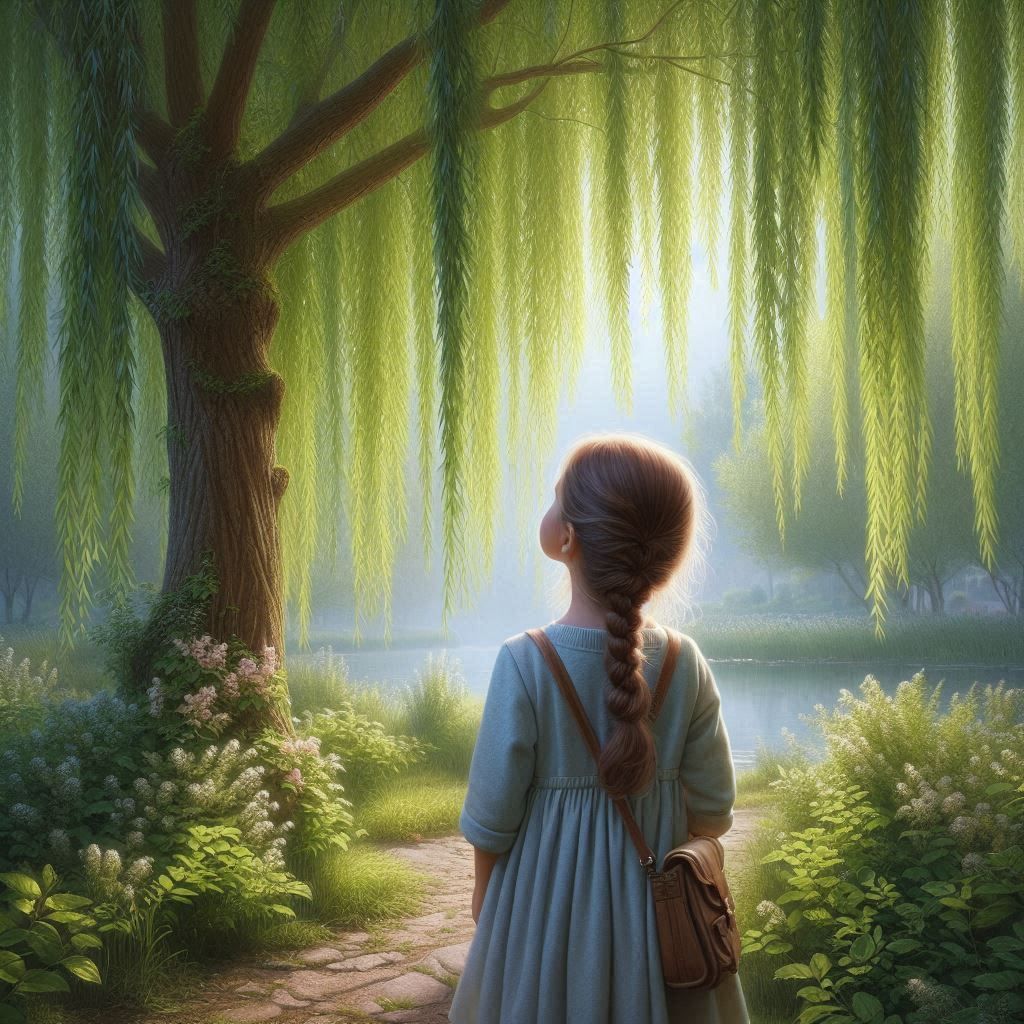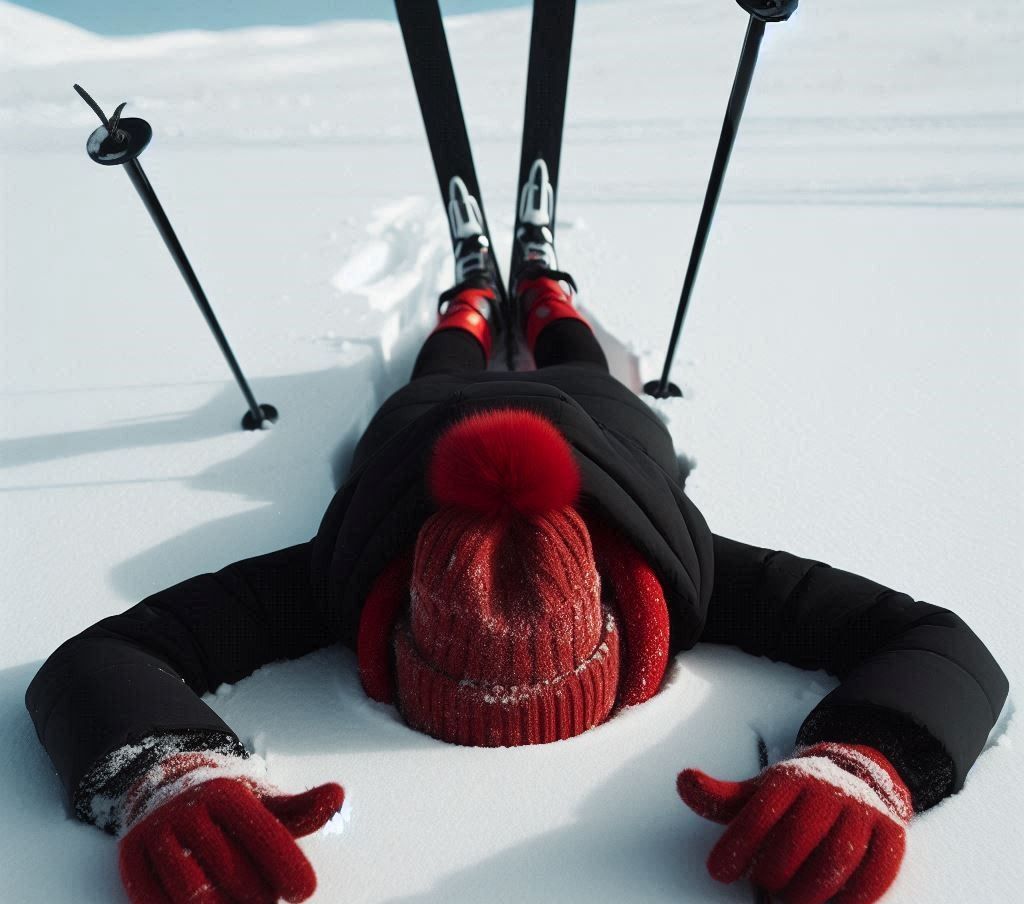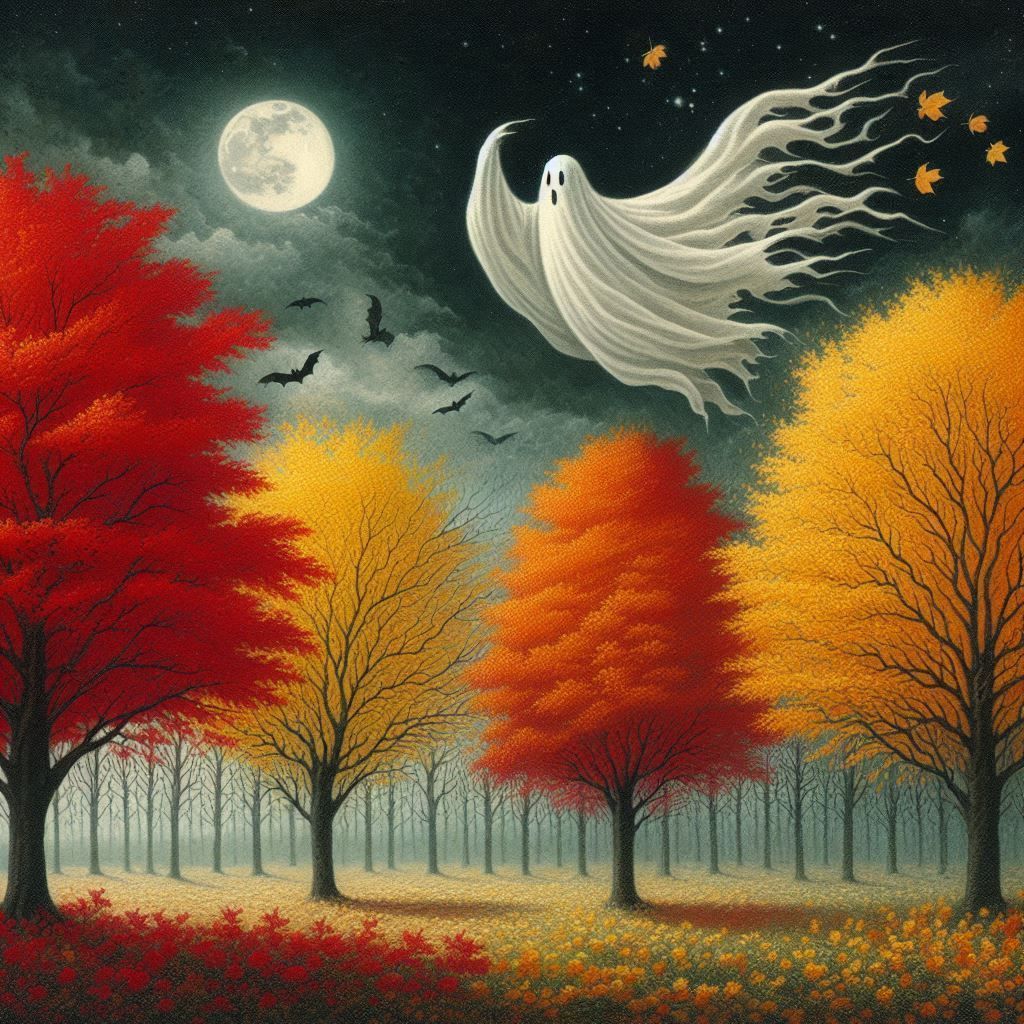Snowdrop
Winter is dead and buried. Spring is born and blossoming. Her baby clothes of crocuses, pussy willows, and snowdrops have already been outgrown and packed away. Now she wears daffodils, forsythia, Lenten roses, spring beauties, and Siberian squill. But soon she will have another growth spurt and change out of those flowery garbs as well. And so it will go as spring grows up to be summer and ages until she’s fall and culminates as winter to “rage, rage against the dying of the light.”
If only we humans do not shackle her with carelessness, ignorance, and greed, she’ll win her battle against everlasting death, and spring will arise anew. Once more the snappy dresser, most lovely to behold.
But to behold requires looking closely. Which is the lesson I received a few weeks ago when the snowdrops were flourishing. Whether I truly learned that teaching or not remains to be seen.
The profusion of snowdrops outside my cabin’s door began sixteen years ago as a small clump friends dug up from their garden and gave me as a gift. They are always the first spring flowers to appear, typically as winter draws her last breath. Appropriately named, their dainty blooms are snow white and hang downward. As if that were not enough, in further accordance with their name, they can and often do survive a covering crush of fallen snow. When the snow melts, they reappear just as they were before, as though nothing untoward has happened to them, and perhaps it has not. For all I know, the snowdrops were throwing a subdued, but magical and fun going-away party for their namesakes.
During our sixteen years together, I have always considered snowdrops the simplest of flowers. Then this year, for some unknown reason, it occurred to me that I had never really looked at a snowdrop, and perhaps I should remedy my negligence. I did, and the attempt proved wonderfully worthwhile.
Before that moment of awakening, snowdrop exteriors were all I had bothered to see, and the outside of a snowdrop’s flower is entirely white. This is because its peripheral, bell-shaped whorl (circular arrangement in a flower radiating from a single point) is composed of three solid white tepals. These outer tepals are convex and both longer and larger than the three inner tepals they surround. (Tepals are a cross between petals and sepals.)
The surprise came when I looked inside the snowdrop at those three shorter, smaller, and upright tepals. I saw that their insides are delicately striped with a bright spring green that inexplicably and sweetly reminded me of the red strips on the candy striper pinafore I humbly wore when I was a teenager volunteering at a local hospital. In addition, the top of each inner tepal is notched and marked on the opposite side from the strips with a heart shape in the same bright spring green. In the middle of these three, tinier tepals stand six vibrant yellow stamens heavily fuzzed with procreating pollen.
So, as it turns out, snowdrops are not simple at all. Just like snowflakes, if looked at attentively, they are complicated, fascinating, and exquisite. I am so glad I took the time and effort to fully and honestly see a snowdrop. Never again will I ever take them for granted or look down my nose at them. Because now I appreciate how special and extraordinary a snowdrop is.
I wonder. Could the same be true for everything? People included. Do I too often make up beliefs that are based on views that are merely easy, lazy, sloppy? Makes me think I had better pay more attention.

Credit: Bing Image Generator




All Rights Reserved | Susan C. Ramirez





